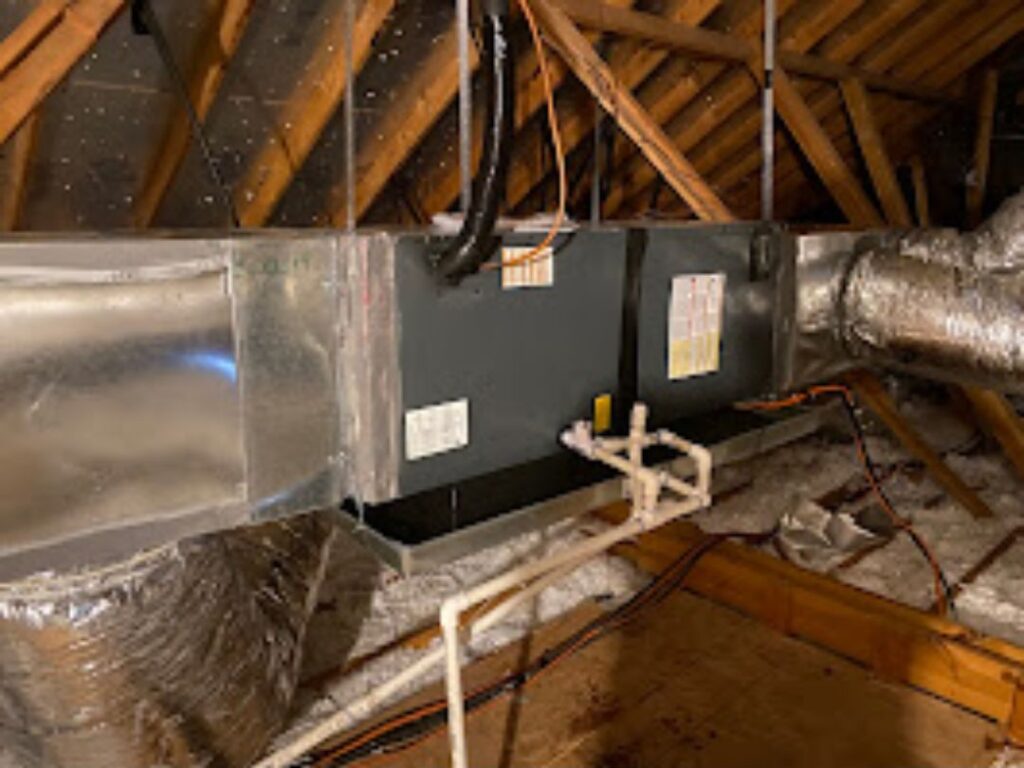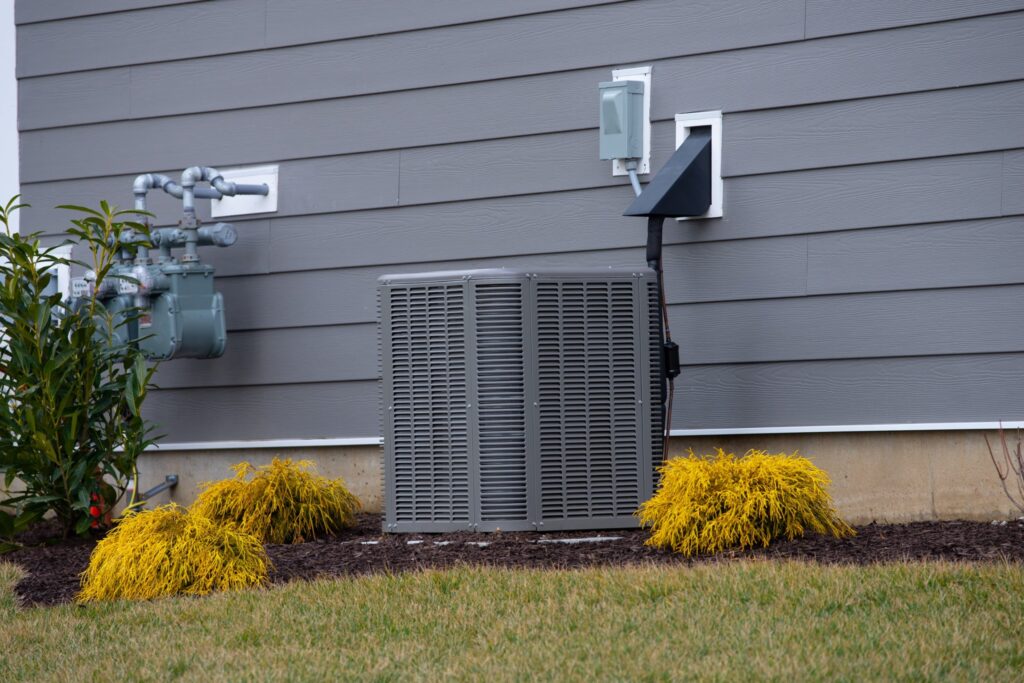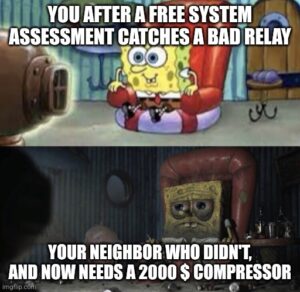I get it—when an HVAC contractor starts explaining what’s wrong with your system and what needs fixing, it can feel like they’re speaking a different language. Trust me, before I got into this trade, I couldn’t tell you what half this stuff was, let alone what it actually did. That’s why today, I’m going to help simplify things and start you on a path to more knowledgeable and confident decisions about the system that keeps your home comfortable.
Divide and conquer
No, we aren’t splitting up to look for clues. Your average HVAC system is conveniently split into a couple of pairs. Today we are going to go over some of the basic components in your outdoor and indoor units. And in the future we’ll discuss the electricity and refrigerant circuit. Alright, Lets go.
Indoor unit

Otherwise known as the Air handler. You’ll typically find these systems tucked away in the attic or in a closet, usually in a central spot with a return grille nearby. Today, we’re going to focus on two key parts: the Evaporator and the Blower.
Let’s start with the Evaporator Coil(evap for short). It’s essentially a pipe that zigzags back and forth, covered in thin metal fins. During cooling, liquid refrigerant flows through this coil at low pressure, cooling it down and allowing it to pick up heat from your home.
Next up, we’ve got the Blower. It pulls warm air from inside your home through the return grille and pushes it across the cold evap. As the air passes through, it drops off its humidity and heat, transforming into conditioned air that flows through your ducts and spreads throughout your home.
But now that the refrigerant is full of heat from your home, it’s got to go somewhere…
OutDoor Unit

And that’s the Condenser—the outdoor powerhouse of your HVAC system. It houses the compressor, condenser coil, and condenser fan motor. And is where all that heat from inside gets dissipated.
At the heart of the refrigerant system is the Compressor. Its job? Pumping and compressing that now super-heated refrigerant vapor into the Condenser Coil. Think of it like a water pump, but instead of water, it’s pushing refrigerant throughout the entire system.
Now, the Condenser Coil works like the outdoor version of the evaporator. Its the metal-finned component you see making up the sides of your outdoor unit. But instead of cold refrigerant, it’s dealing with super heated refrigerant vapor.
Finally, we have the Condenser Fan, mounted right at the top center of the outdoor unit. It pulls air through the condenser coil, helping the refrigerant release all that heat it just picked up from your home.
Thanks for making it this far! In the next one I’ll dive deeper into the science behind turning all that refrigerant pumping and air flow into nice, conditioned air. Now that you understand the lingo a little better, I want to leave you with one main take-away. Your HVAC doesn’t create cold air, it moves heat from the air inside your home to the air outside of it. Pretty cool, right? (Pun Intended!)

